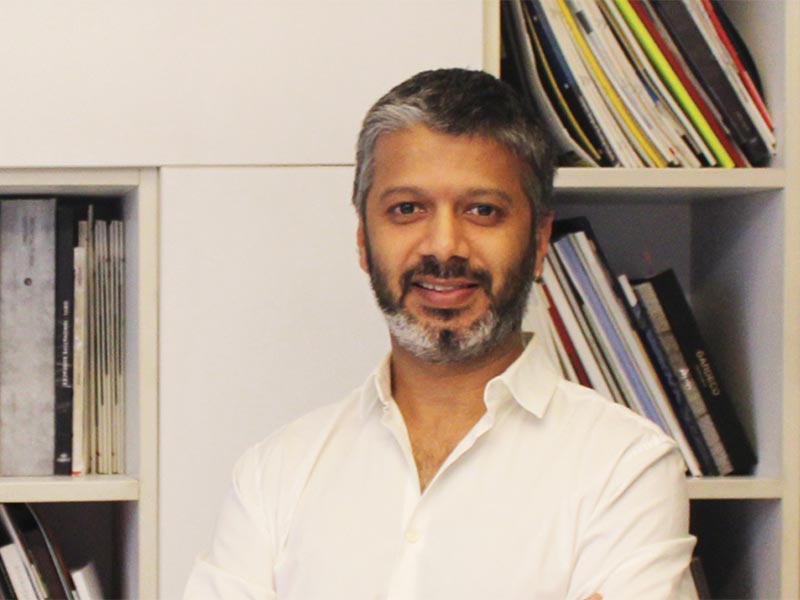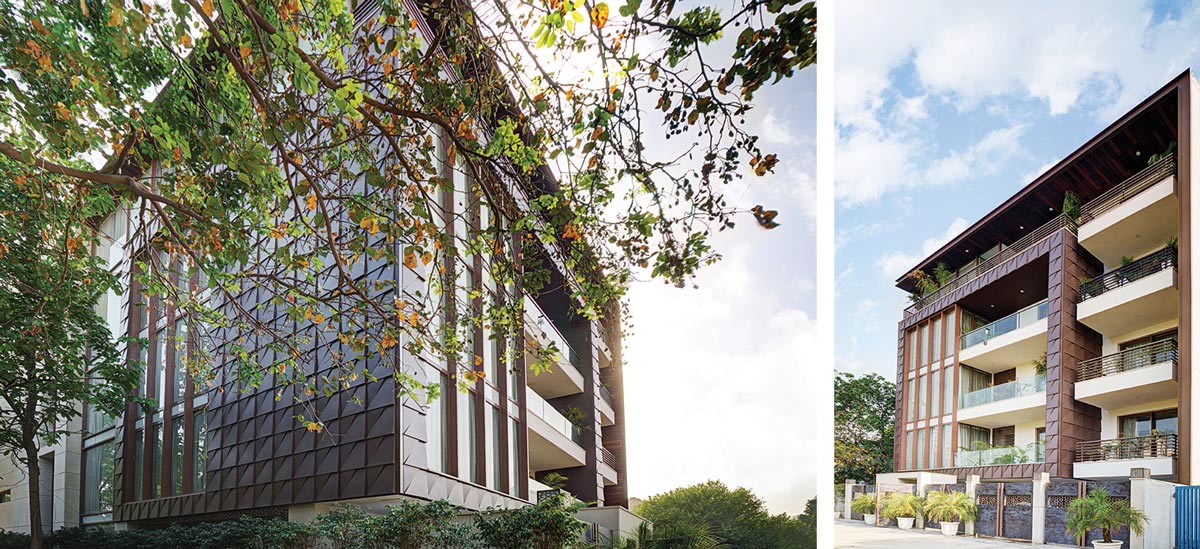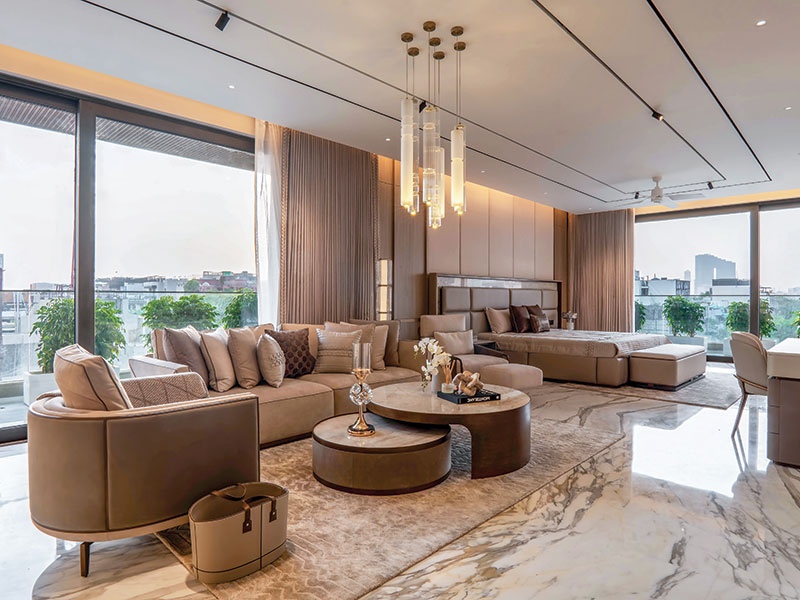
Using compressed earth blocks or ACC/AAC blocks instead of the regular kiln-burnt bricks, or using Ferro cement channels as a substitution of reinforced concrete cement, are green ways of construction. Earth blocks have higher strength and are more cost-efficient as one is not dependent on a vendor, rather, they are technically dependent on the site itself. Using AAC blocks is also a cost-effective and faster construction method. Both these materials aid in insulation such that the inside temperature can reduce by 7-8 degrees. The manufacturing process is also sustainable as these blocks are mechanically standardised. Also, there is less labour involved as the process does not include cement-mortar fixation. The water consumption is also cut down substantially as curing is not required.
New building technologies like precast / modular construction / prefabrication is the future of construction.
Precast / modular construction offers high precision and easier, quicker, and cost-effective construction. Use of double-glazed windows, insulated terraces, etc, are other techniques that are likely to be taken forward. For instance, a prefab steel building can be completed in a short span of two months whereas a regular RCC construction usually requires a minimum of 6 months. In fact, RCC construction can be replaced by steel, and if designed properly, it is a much more economical solution.

In small-scale architectural projects, modular doors, kitchens, windows, wardrobes, wooden floorings, are anyways in trend. The glazing which is conventionally fixed at the site can be replaced by semi-unitized or fully unitized modular glazing assembled at the factory and fixed directly at the site, serving an even better aesthetic purpose. The demand for modular cabinetry or carpentry is growing due to their time-saving and durability factor.
The Mivan method, which is one of the most economical methods for repetitive modules, is the future for vertical construction and extensive projects like row housing. It can save up to 30-40% of steel and concrete; and eliminate seepage problems of a building while increasing its longevity.
To conclude, the appropriate procedure is to take into account different permutations and combinations with respect to engineering and economics in order to calculate an economical and viable solution.















